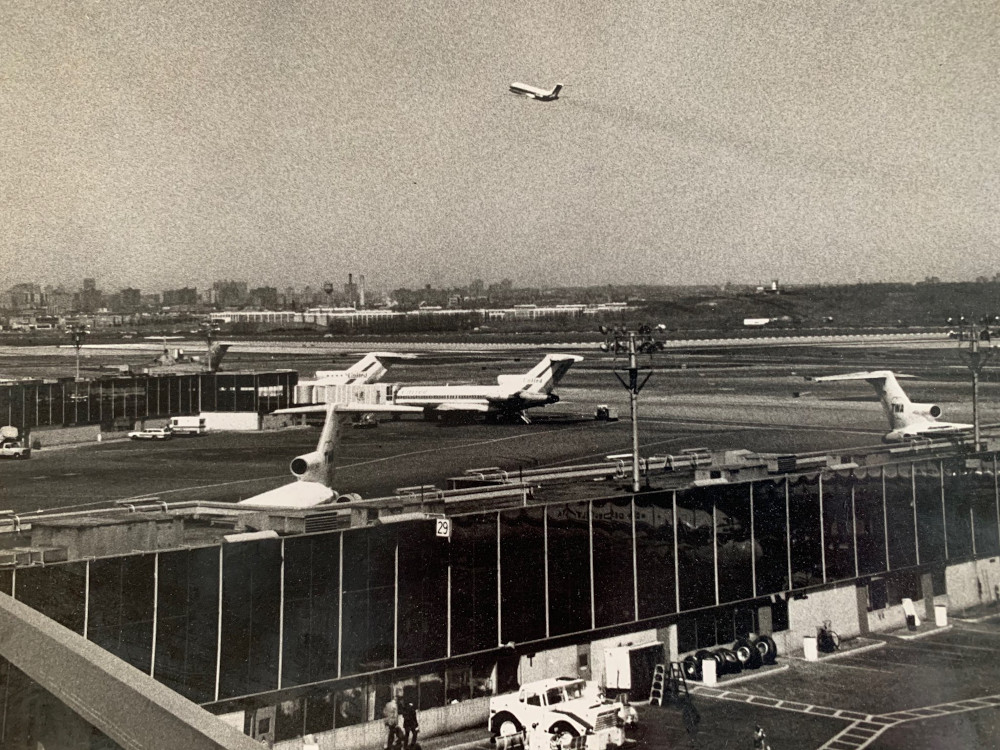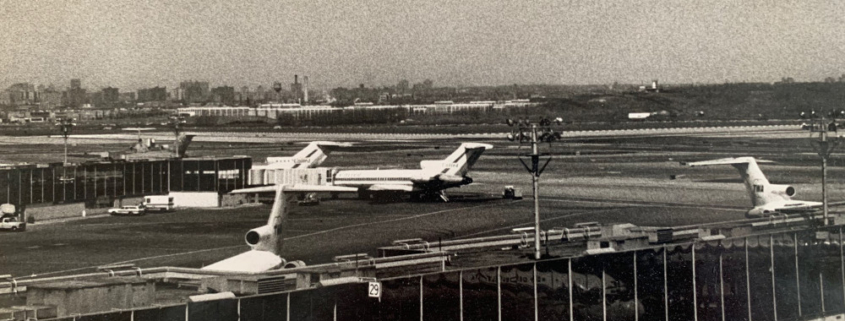You can read Part I of this essay here.
When B. sat down at the piano and made
A transparence in which we heard music, made music
In which we heard transparent sounds, did he play
All sorts of notes? Or did he play only one
In an ecstasy of its associates […]
–Wallace Stevens
Intimacy
I think we need intimacy every day. For me that happens when I hold my wife’s hand, even for a moment when we cross the street, or when my daughter curls up with me and asks me to read to her. I feel close to the world when I read a good poem or when I have a great glass of wine–when metaphor or image lets me in on my own life.
How We Know Where We Are
I remember the day we did nothing
but walk down Willow Glen Road
through fields of Queen Anne’s lace
and lavender thistle toward a pond
quietly leaking its algae scents
to the air. Two wagon wheels rolled
with rust are repaired by their place
in some history, details so smooth
that missing spokes speak like vertebrae.
A stone carriage house holds these
memories like fixed stars, ghosts
of a yellowed cosmology, the first
chapter in a book where the sky
supports the handmade walls, where
rainwater collects easily, puddling
the soft earth. This could be the day
your father said he was leaving ––be back
soon, he said, and you knew it didn’t
matter because you would always remember
how the smoke poured from his mouth
as he spoke, and ferried his words
across the great body of water between
you. It could have been any evening
somewhere in Pennsylvania when your son
asked if he could visit the stars, reach
out and grab hold, needing the moonlight,
it seemed, more than you ever had.
Somewhere near the center of every memory
is a single flower, forgotten in the scrapbook
your grandmother asks you to open
each time she stays. It could have been
any day when nothing special happened,
when children sat in the sun-baked streets
popping tar bubbles, celebrating the solstice,
the friendships that spiraled by the poolside,
the summer air thick with mosquitoes
and no-see-ums circling every gesture.
These have all slipped under the folds
of another calendar when some days
got circled in red ink to remember flowers
picked along backroads, constellations
thrown into place by stories we will
tell our children, and your eyes, impossible
to imagine without the context of these galaxies.
Partial
The glottal stop is not a word but is part of speech. The invisible is in us.
Life’s not a paragraph.
Quotidian Religion
The simple things are at the center. They are signposts, and remind us with every sip that flavor interacts with feeling. When the curl of ferrous sulphate in the rosato rises, or the pinch of spice in the Chinon takes us back to our backyards. The deep well of a Meursault takes us back to our gardens, to the roses, the losses, our fingers sticky with pine. Each bottle of wine, like each friendship, connects us to our lives. The simple things hold.
The Picture
There is this picture my uncle Hank took in April 1975 at Newark Airport. There’s a 707 in the air. It’s about 250 feet off the ground and rising. My mom and brother are on the plane with me. My dad had died two months earlier. We are on our way to Florida to see Walt Disney World. The picture proves he existed. As liftoff is proof of gravity.

The old, grainy, black-and-white picture is beautiful, but you can’t see me on the aisle of row 22, my hands gripping the arm of the seat. At times we’re all invisible. It’s not that my uncle captured us in the picture so much as he captured us in time. Maybe we all have more control than we think. He held his brother a last time and for all time, though this is harder for us to see.
There are so many disappearances. I disappeared first into the plane, then into the cloud, and then into the crowd at the recently opened Orlando International Airport, and finally back to our house on Taylor Road with a different family.
*
When my mother died, I flew back to New Jersey to clean out the house where I grew up. I was surprised to find the picture––surprised I’d kept it. One evening, with the smell of cleaning solutions in every room, I was sitting at the dining room table alone. I sat looking from the picture to the woods in our backyard, and back to the picture. The woods, in their waving, I now saw, had hidden so much.
How We Protect Each Other
I close my eyes
to crimson explosions
to remember watching you
plant iris bulbs
in the wormed soil,
your wife at the sink
rubbing gently the crystal
of your wristwatch
like a coin––
where the rubbing
was a few words
whispered secretly,
saying how much it meant
that you were out there
arranging the earth
before the next rain.
Only connect.
It is, after all, the conversation under the fig tree. The figuring out, the pursuing of:
( ) or ( ) ( ) or ( ) and ( )
Chemistry
The Problem of Describing Trees
Of Films & Memories
In 1971, Pauline Kael reviewed The French Connection, starring Gene Hackman (maybe the only actor to have been in every film ever made), and in her review she says, “There’s nothing in the movie (for me) you can enjoy thinking over afterward” ––I think wine reviews that invoke that thinking will benefit wine drinkers everywhere.
*
My uncle Don died this morning.
Tradition
In the opening credits of the 1994 film Star Trek: Generations, starring both Patrick Stewart and William Shatner, we follow, as the names appear in some Hollywood sequence, an unopened bottle of Dom Perignon, Vintage 2265, as it tumbles through deep space to crash on the USS Enterprise NCC-1701-B.
There is much clapping inside the ship when the bottle explodes—and the ship doesn’t.
You can see them raise their glasses. Begin to talk…
After Work
I’m sure the stained-glass makers laughed
as they made mistake after mistake. Tracing
the cartoon while only occasionally looking
up. Trying to stay within the lines. All the
curves. An arm only later, clearly too large,
after the lead had cooled. A chest that could
in no human way support all that light. An
extra leg, a joke, noticed just before the evening
meal. The father, after the long day, telling
how the day went. The stories he took home.
Variations from the Word. The spiral of
blue where the earth should have continued.
The children still washing and laughing.
Repeating the variations, and for the first time
knowing the story is not so much a window
as it is a panel of light. As it is a story.


Leave a Reply
Want to join the discussion?Feel free to contribute!